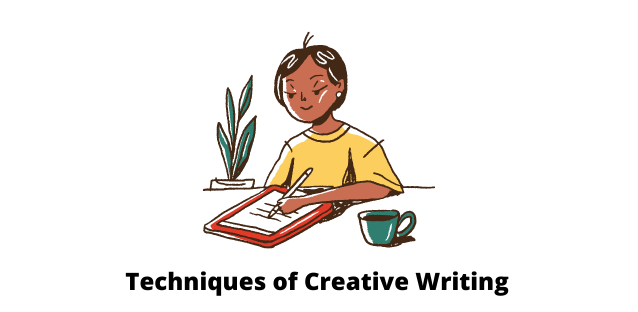It is difficult to pin down creative writing techniques as authors are all distinct. But what techniques may be useful to beginners? Here are five practices that are found most useful in creative writing.
#1. The beginning, the middle, and the end
It is a well-known strategy, but what does it mean? After all, each component begins and ends. So it is not enough simply to have a ‘beginning, middle and end.’ Everyone counts on quality.
In beginning, there is just one work to be done, which is to attract the reader. It is like inviting somebody to dance. You must draw your attention, take it by the hand, and take it to the floor.
The middle begins once you get your attention and encourage them to remain with you. In essence, stories are the journey of a character from A to B with barriers. Thus the middle too, has a form underpinning the reader. The reader will stay with you as long as you generate that sense of narrative propulsion.
By the end, the emotion of the reader is gone. Imagine a theater crowd heading out in the evening and their sentiments on their walk back home. The talk with each other and the discussion they will have. This is the ending’s job.
#2. Having a strong beginning
Creative approaches of writing typically reference tale hooks. That is true; you must capture the attention of the reader. But a catch does not have to be a large, brilliant event. The reader only needs to be puzzled by it. This is your principal task.
So, is the reader intrigued by your opening paragraph? Does it create suspense, ask a question, or in some manner stirs curiosity? Has it a visual aspect that begins to make the reader’s world?
#3. Having a mighty middle
It is hard to pinpoint creative writing approaches in the middle of stories. But the most prevalent problem is a lack of tension by far. This happens with a lot of action, even in fiction. In reality, the most dull and lifeless of all might be high-activity story without character change.
If there is no alteration or modification of the character, the tale is linear – straight. Even if a lot of action exists and there is an increase in storyline, it is still linear. writing coach
#4. Writing endings
Even the final word can change the experience of the reader. Write a finish that has a sense of openness to it. The tale might therefore evoke questions and reverberate in the reader’s eyes.
#5. Taking the help of objects
Large and little items are a fantastic way to make a tale come alive. They can perhaps have enormous power, whether they are large items like buildings, automobiles, couches, or trees, or little ones like rings or libraries or eggs.
Why are objects in the narrative powerful? Because the characters are external. You quickly create a dynamic relationship by putting the characters on the opposite sides of the item.
Learn writing online with Ruskin Bond
Interested in writing? Check out the online writing class by the legendary Ruskin Bond or ask experts for help at smartwritingservice.com. In this unluclass, you will learn valuable lessons required to jumpstart your career in writing. Join this online writing course and unlock your true potential. Subscribe now!




